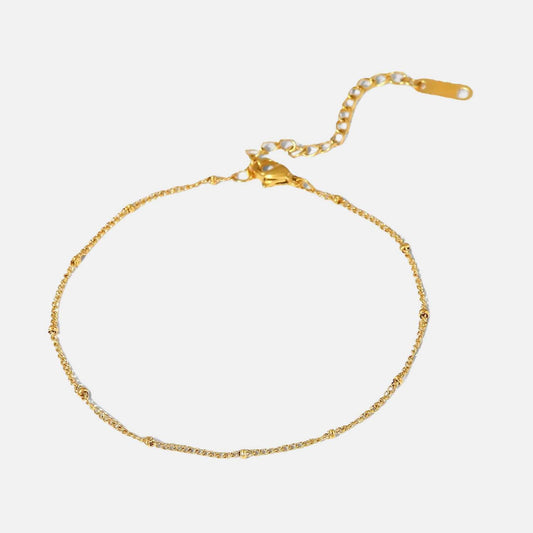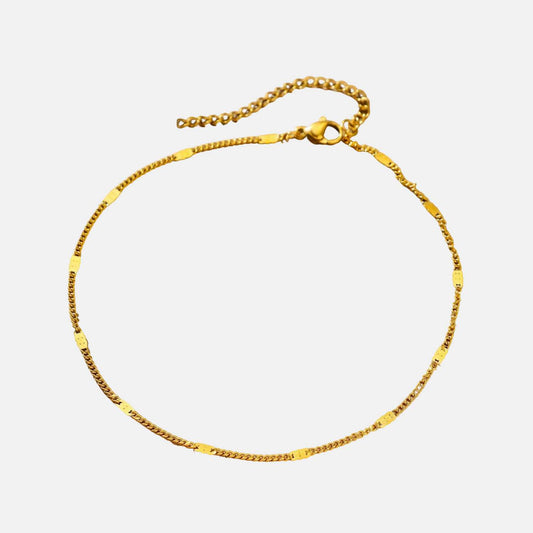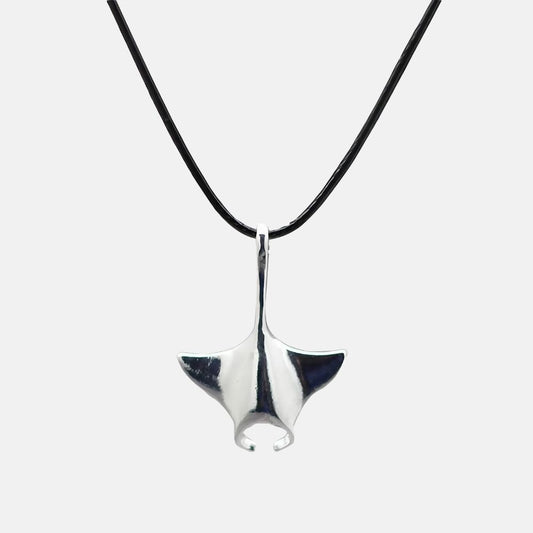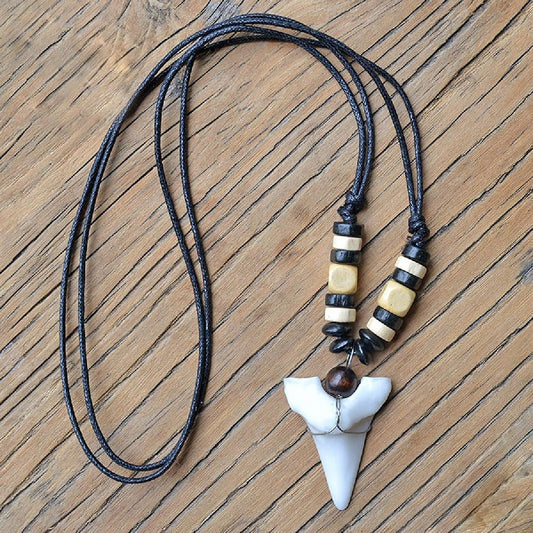
The marine ecosystem: a fascinating world to preserve
The underwater world is a complex and fascinating ecosystem that is home to an incredible diversity of life . This article explores the different components of the marine ecosystem, the interactions that characterize it, as well as the threats that weigh on its survival. It also highlights the importance of conservation and sustainable management of these precious habitats to ensure the health of our planet.
What is the marine ecosystem made of?
Marine habitats
The oceans are home to a variety of habitats, each with unique characteristics and supporting specific species. Among the most important marine habitats, we find:
- Coral reefs
- Mangroves
- seagrass
- and pelagic and abyssal zones.
Coral reefs
Coral reefs, often called the "rainforests of the sea", are among the most diverse and productive ecosystems on the planet, home to more than 25% of all marine species (Source: NOAA).
Mangroves
Mangroves serve as nurseries for many species of fish and shellfish and play a crucial role in protecting coastlines against erosion.
Seagrass
Seagrass beds are areas where flowering marine plants, such as eelgrass, form extensive underwater meadows, providing essential habitat for many species.
Pelagic and abyssal zones
Finally, pelagic and abyssal zones make up most of the ocean, with depths ranging from the surface to over 11,000 meters in the ocean trenches.
Marine biodiversity
Marine biodiversity is all the species that inhabit the world's oceans and seas. This biodiversity includes plant species , such as algae and phytoplankton, which form the base of the marine food chain.
Invertebrates
Invertebrates, such as sponges, corals, molluscs and crustaceans, represent an important part of marine life and play varied roles in the ecosystem.
Fish, which are among the most diverse vertebrates, occupy a central place in marine food chains. Marine mammals, such as cetaceans (whales and dolphins) and pinnipeds (seals and sea lions), are top predators that regulate the populations of their prey.
Marine reptiles, such as sea turtles and sea snakes, are also important components of the marine ecosystem. Finally, seabirds, such as gulls, albatrosses and penguins, depend on marine resources for food and play a role in nutrient dispersal and regulation of fish and invertebrate populations.
Key ecological processes
Key ecological processes enable the functioning and regulation of marine ecosystems. Food chains illustrate how energy and nutrients are transferred from one trophic level to another, from phytoplankton to top predators.
Biogeochemical cycles, such as the carbon and nitrogen cycle, are essential for maintaining the balance of chemical elements in the ecosystem. The reproduction and dispersal of species are also crucial for maintaining the diversity and resilience of marine ecosystems in the face of disturbance.
Interactions between the different components of the marine ecosystem
Trophic relationships
Trophic relationships describe how organisms interact with each other to obtain food. Primary producers, such as algae and phytoplankton, are at the base of the food chain and are consumed by primary consumers, such as zooplankton and herbivores.
Secondary and tertiary consumers, like predators, feed on primary and secondary consumers, respectively. Decomposers, like bacteria and fungi, break down dead organic matter, releasing nutrients that can be reused by primary producers.
Symbioses
Symbiosis is a close interaction between two species, which can be beneficial, neutral or harmful for either species involved. Mutualism is a form of symbiosis where both species benefit from the relationship.
For example, corals and zooxanthellae live in mutualism, with the corals providing shelter to the algae while the latter provide nutrients to the corals.
Commensalism is another form of symbiosis where one species benefits from the relationship without harming or helping the other species, such as clownfish that live among the tentacles of sea anemones without affecting them.
Parasitism is an interaction where one species, the parasite, benefits at the expense of the other species, the host. Sea lice and parasitic worms are examples of marine parasites.
Competitions and predations
Competition and predation are two types of interactions that can have important effects on population structure and dynamics within marine ecosystems.
Competition occurs when organisms compete for limited resources, such as food or space. Strategies to deal with competition include specialization of ecological niches, modification of behavior or the evolution of morphological adaptations.
Predation is a process by which one organism, the predator, kills and consumes another organism, the prey. Predators play a crucial role in regulating prey populations and maintaining the balance of ecosystems.
Predation strategies include camouflage, speed, cooperation between individuals, and the use of various tactics to capture and kill prey. Likewise, prey have evolved defense mechanisms, such as flight, mimicry, hiding, and toxin production.
Threats and conservation of the marine ecosystem
The main threats to marine ecosystems
Marine ecosystems face a variety of anthropogenic threats, including overfishing, pollution, habitat destruction, invasive species and climate change.
Overfishing has led to the depletion of many fish populations and the disruption of marine food chains. Pollution, whether from land or sea, affects water quality and the health of marine organisms.
Habitat destruction, such as the degradation of coral reefs and the conversion of coastal areas to human infrastructure, threatens the survival of many species and the functionality of ecosystems. Invasive species, introduced by human activities, can disrupt ecological balances and cause the disappearance of native species.
Finally, climate change is causing sea level rise, ocean acidification and changes in ocean currents, with profound consequences on the distribution and survival of marine species.
Conservation and sustainable management initiatives
To preserve and protect marine ecosystems, numerous initiatives have been put in place on a global, regional and local scale. Marine protected areas (MPAs) are areas where human activities are regulated to preserve biodiversity and marine habitats. According to the IUCN, approximately 7.74% of the total ocean area is covered by MPAs in 2021 (Source: IUCN).
Fisheries management plans, which include catch quotas, minimum catch sizes and closed periods, aim to ensure the sustainability of fish stocks.
Policies to reduce marine pollution and prevent introductions of invasive species are also crucial to protecting marine ecosystems.
Efforts to mitigate climate change, such as reducing greenhouse gas emissions and promoting renewable energy, are essential to limiting impacts on the oceans.
The importance of awareness and research
Public awareness and scientific research are key elements to support efforts for the conservation and sustainable management of marine ecosystems.
Public awareness can encourage responsible behavior and build support for conservation initiatives. Educational programs, documentaries, exhibitions and social media are all ways to raise awareness of the importance of the oceans and the challenges they face.
Scientific research contributes to improving our understanding of marine ecosystems and their functioning, as well as to identifying threats and solutions to mitigate them.
Researchers study aspects such as species biology, ecological interactions, population dynamics and ecosystem responses to disturbance. Data and knowledge generated by research can inform marine resource management decisions and guide conservation policies.
Frequently asked questions about the marine ecosystem
What is a marine ecosystem?
A marine ecosystem is an aquatic environment that includes oceans, seas and coastal areas. It encompasses a great diversity of habitats and species that interact with each other and with their environment.
What are the main components of the marine ecosystem?
The main components of the marine ecosystem include marine habitats (coral reefs, mangroves, seagrass beds, pelagic and abyssal zones), marine biodiversity (plants, invertebrates, fish, marine mammals, marine reptiles and seabirds) and ecological processes keys (food chains, biogeochemical cycles, reproduction and dispersal).
What are the main threats to marine ecosystems?
Major threats to marine ecosystems include overfishing, pollution, habitat destruction, invasive species and climate change.
What is a marine protected area (MPA)?
A marine protected area (MPA) is an area where human activities are regulated to preserve biodiversity and marine habitats. MPAs can contribute to the conservation of species, the restoration of habitats and the sustainable management of marine resources.
Why is it important to preserve marine ecosystems?
Preserving marine ecosystems is essential to ensuring the health of our planet, as they provide many ecosystem services, such as regulating climate, providing food, protecting coastlines and supporting biodiversity.
How can I contribute to the protection of marine ecosystems?
You can help protect marine ecosystems by adopting responsible behaviors, such as reducing your plastic consumption, choosing sustainable seafood, supporting conservation initiatives and raising awareness of the importance of the oceans.
Conclusion
Marine ecosystems are fascinating and complex worlds that play an essential role in sustaining life on Earth. They are home to an incredible diversity of species and provide many ecosystem services, such as regulating climate, providing food and protecting coastlines. However, these precious habitats are threatened by human activities and environmental changes.
The protection and sustainable management of marine ecosystems are crucial to ensuring the health of our planet and the well-being of future generations. By investing in research, public awareness and conservation initiatives, we can work together to preserve the richness and beauty of the oceans for years to come.
































